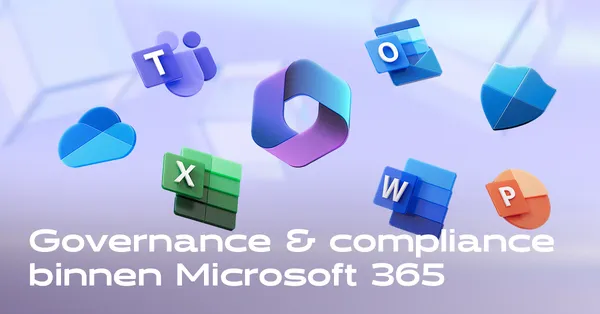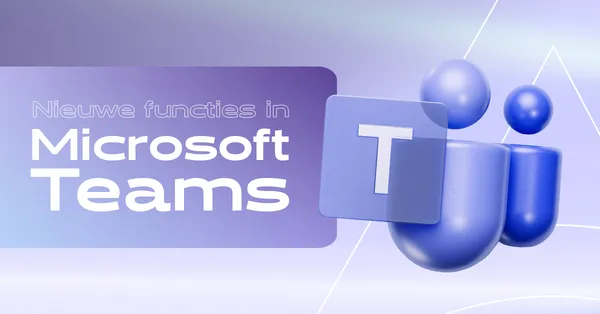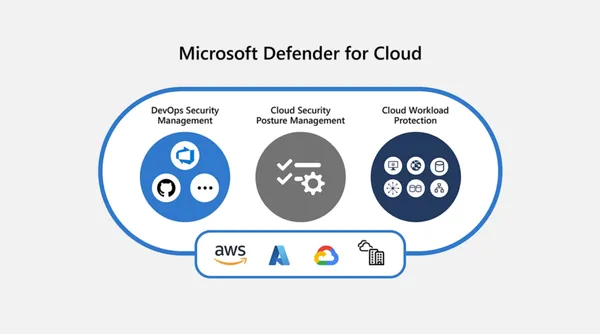
Knowledge base
January 12, 2023
Top 7 benefits of using Sharepoint Online for document management
Electronic or printed documents are a crucial part of almost every organization. It can be challenging to manage business knowledge, which often comes from multiple sources. Depending on the nature of your business, a document management system (DMS) that collects, stores and retrieves both paper and digital documents, records and other content can offer your company several key benefits.
Enterprise document management is often one of the activities that companies want to streamline and automate because it is a time-consuming area, prone to human error and has a fundamental impact on the overall efficiency of the organization. As a result, investments in document management software are increasing year after year.
The purpose of Microsoft’s SharePoint Online platform is to help employees share and manage content and knowledge seamlessly. SharePoint Online document management is a cloud-based service and capability that can be accessed from any location at any time and provides the latest and finely tuned cloud security mechanisms to keep your company’s confidential information secure, organized and compliant.
What is Sharepoint document management:
Document management system (DMS) is software that tracks and supports the entire life cycle of a document. The processes that make up the life cycle of a document begin with its generation and ultimately end with its disposition and destruction. A DMS, covering every evolving aspect of the document and every specific change, revision and use, can be used to generate document outputs and store and track them through each version.
Having a good management system is crucial. Making the right choice is equally crucial. SharePoint is one of the most robust and complete features and economical solutions of any document management platform on the market.
Concurrent use and multi-user activities make SharePoint a collaboration platform that allows companies to store and manage simple to complex data management solutions. In 2001, Microsoft SharePoint was released. Since its inception, Microsoft has produced iterations of SharePoint to meet the ever-increasing demand for client features. By automating SharePoint’s document lifecycle, DMS improves employee performance by 20% and reduces operational costs by 55% when search capabilities are taken into account.
Benefits of using Sharepoint online for document management
1. Enhanced data security
Critical documents can be kept secure by restricting user access with a document management system. Microsoft’s SharePoint online document management solution also provides an additional level of security by allowing the owner to control user access through compliance controls, including audits and reports.
The risk of data loss can be reduced with sophisticated policies, combined with legal retention obligations, record management, retention policies and trash policies. The compliance and security center also ensures proper control at every level.
2. Document sharing
How do you get your colleagues’ opinions on a document? Do you generate a document and distribute it to your colleagues for revision and feedback? Do all users send individual files back to you after they have been edited? In that case, you manually compile all revisions and comments into one file. This is just too much trouble. Managing document comments, revisions and changes is significantly more intelligent with SharePoint and MS Office combined.
Multiple people can read and edit the file using permissions, workflow and approvals, all in real time. Each person’s feedback is in the file, with versions saved and available for comparison within the MS Office client. The document automatically consolidates comments, observations, changes and the overall process.
3. Version control
Have files on your file-sharing system been given names similar to “Proposal v3 – final – rev 2 – final”? Ever started modifying a document only to find that it was not the most recent revision? SharePoint’s versioning tools allow you to maintain version history in a centrally accessible single-file location.
Each time the document is saved, a new version is automatically added to the list, with full audit trail and rollback capability. You can always revert to an earlier version if you wish. Users can comment on changes made to their version. Users can even keep track of major and secondary versions (which they can publish).
4. Metadata
In SharePoint online, metadata is additional information you may keep track of documents. Imagine it as similar to the folders in your file share, but with the added ability to generate different metadata fields with a rich array of data types.
For example, your file share may contain a folder structure by department, followed by a hierarchy by project. However, some projects are managed by multiple departments. How can you gather all documents for these cross-departmental projects in one location?
You can add a column for each department and a separate column for each project in SharePoint. You can then use one (or both) of these columns to filter and sort the data. If you want to find files worked on by three departments for Project ABC, you can easily filter by “Project ABC. It takes some time to adjust to this new method of file organization.
Once you do, however, the team has much easier access to files than ever. These metadata fields also boost search, allowing metadata to take the front seat as “Refiners” to quickly zoom in on the right search results.
5. Regulatory compliance
Critical industries such as health care, law and finance must closely adhere to legal standards and requirements. Everything is made easier with a document management system, including audit reports and security settings that follow precise compliance standards at every stage.
6. Effective team collaboration
Version control is a crucial part of SharePoint that keeps track of every change to content, along with the date, time and user who made it. In addition, multiple simultaneous people can edit to avoid a daisy-chain of people waiting to perform their updates. Teams collaborate more when they can share and modify files in real time.
SharePoint allows multiple users to easily collaborate on the same page simultaneously. It is possible for a representative, engineer and marketing coordinator to work on the same proposal at the same time. When users work on a section, SharePoint smartly locks that section and changes the document as changes are made.
7. Workflow and anytime, anywhere access
Office 365’s SharePoint workflows, such as Microsoft Flow, are miniature programs with a no-code/low-code footprint that accelerate business operations. Workflows can include getting approvals for a document, collecting comments or notifying the team each time a person finishes adding their input to a document or integrating with external systems. Desktops (PC or Mac), the Web and mobile devices all support SharePoint. You can access your working documents from any location at any time.
Conclusion
The SharePoint document management solution is effective and economical for businesses of all sizes. Any company, large or small, with proper implementation, can increase team efficiency and collaboration while managing documents. Microsoft DMS is well worth the cost, among its many other benefits.
Source: helixdigital
Want to know more?

Related
blogs
Tech Updates: Microsoft 365, Azure, Cybersecurity & AI – Weekly in Your Mailbox.









